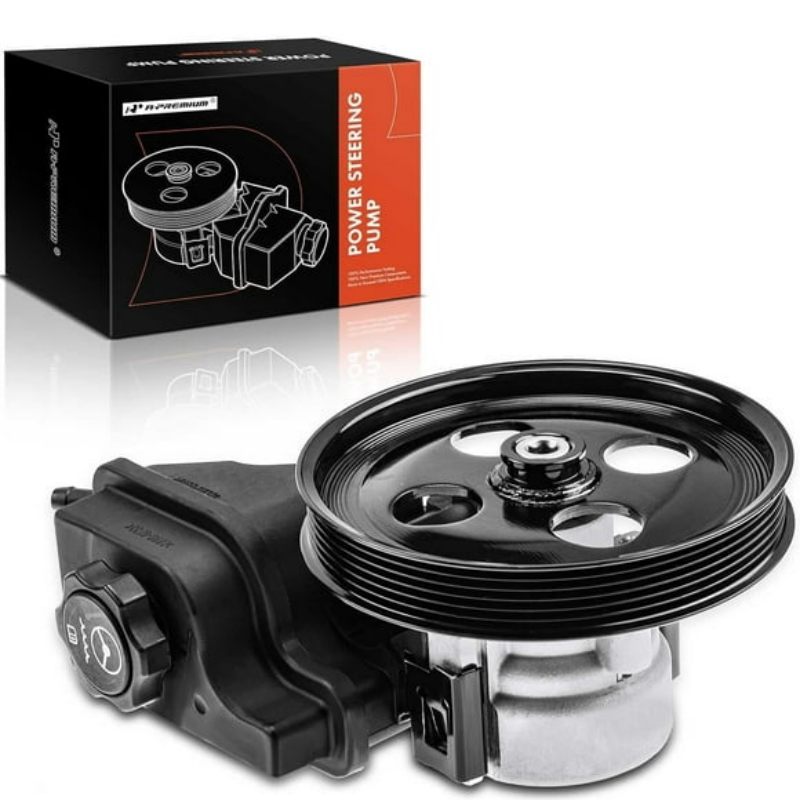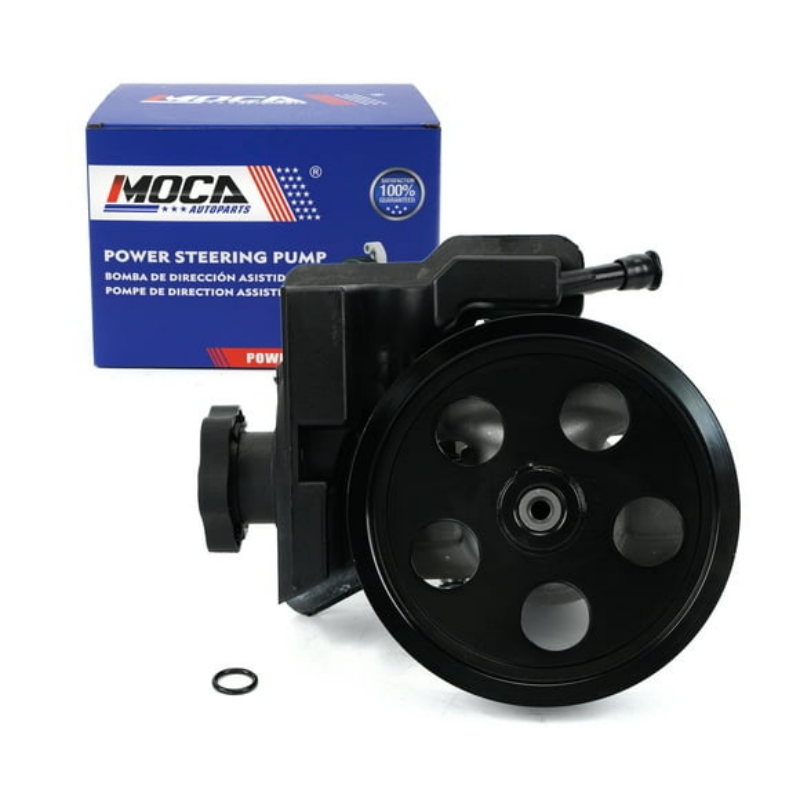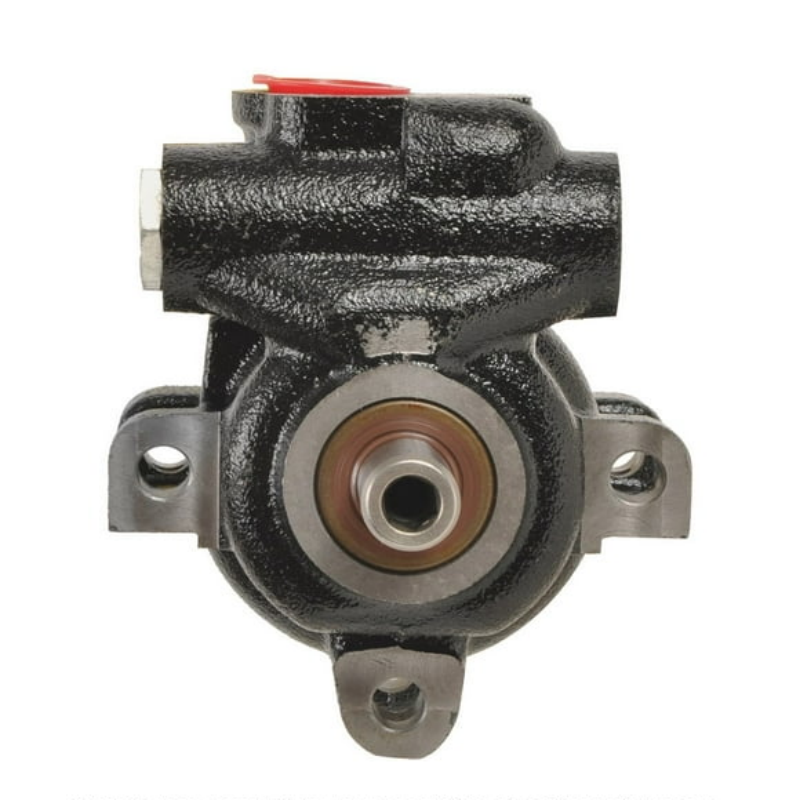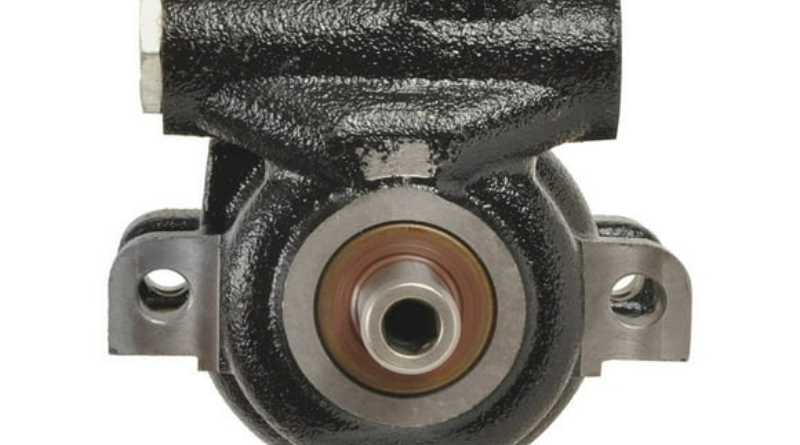Guide to Power Steering Line Repair: Everything Need to Know
Power steering systems are integral to the comfort and handling of modern vehicles. They make steering easier and more manageable, especially at slow speeds or during parking maneuvers. However, like any automotive system, power steering systems can develop issues over time, particularly with the steering lines. If you encounter fluid leaks or difficulty steering, you might need to consider power steering line repair. While this may sound intimidating, understanding the components, common issues, and repair processes can help demystify the situation. In this comprehensive article, we will explore everything related to power steering line repair, including the signs that indicate a problem, the tools you will need, step-by-step guidance for repairs, costs involved, and how to prevent future issues. Let’s dive into the world of power steering systems to ensure your vehicle runs smoothly and you remain safe on the road.
Understanding the Power Steering System
Before discussing repair methods, it’s essential to grasp how the power steering system functions. Understanding its components and their roles will provide clarity on the implications of a malfunction.
Components of Power Steering
- Power Steering Pump: This pump is responsible for generating hydraulic pressure, which enables easier steering action. It’s usually driven by the engine via a belt.
- Power Steering Fluid: The hydraulic fluid is vital for transferring force from the steering wheel to the steering mechanism. The proper fluid type ensures smooth operation.
- Steering Gearbox: This component translates the rotational movement of the steering wheel into lateral movement of the wheels themselves, facilitating directional changes.
- Steering Lines: Also known as hoses or lines, they transport fluid between the pump and the steering gearbox. Any leaks or damage in these lines can lead to a loss of steering assistance.
- Return Line: Once the fluid has been used, it returns to the reservoir through the return line. The effectiveness of this line is critical for maintaining pressure within the system.
How the System Works
Initially, when you turn the steering wheel, the power steering pump generates hydraulic pressure that helps push fluid to the steering gearbox. This action eases the effort needed to turn the wheels. If any component within this system, particularly the steering lines, develops a problem, the performance can degrade significantly.
Understanding these components and their interactions sets the foundation for recognizing problems and knowing when power steering line repair is necessary.
Common Problems Associated with Power Steering Lines
Power steering lines are susceptible to various issues, which can compromise the entire steering system. Here are some of the most frequent problems to watch for:
Leaks in the Power Steering Lines
- Symptoms of Leaks: One of the most common signs that you may need power steering line repair is noticing fluid puddles under your vehicle, typically with a reddish or clear hue.
- Causes of Leaks: Leaks may occur due to wear and tear over time or damages caused by road debris or impacts. Corrosion can also be a factor, especially in older vehicles.
Whining Noises When Turning
- Identifying the Issue: If you hear whining or whining noises when turning the steering wheel, it might indicate low fluid levels due to a leak, necessitating immediate attention.
- Fluid Movement: The noise signifies that the power steering pump is working harder than normal, trying to draw in fluid. This could potentially lead to pump failure if not addressed.
Stiff or Unresponsive Steering
- Assessing the Problem: Difficulty in turning the steering wheel or an unresponsive feeling, particularly at low speeds, can indicate a failing power steering system, often linked to the steering lines.
- Impact on Safety: This issue should not be ignored, as it poses a safety risk while driving. Addressing it promptly can prevent further damage and maintain safety.
Signs of Overheating
- Temperature Spike: If your power steering fluid becomes overheated, it may lead to diminished effectiveness. Overheating can happen if the fluid has become contaminated, reducing its lubrication properties.
- Effects of High Temperature: Excessive heat can cause the hoses to degrade or become brittle, leading to cracks or leaks that require immediate repair.
Recognizing these common issues is essential for determining whether you need to seek power steering line repair.
Diagnosing Power Steering Line Problems
Proper diagnosis is crucial before engaging in repair work or consulting a professional. Here’s a step-by-step process for diagnosing issues within your power steering system:
Visual Inspection
- Check for Fluid Leaks: Begin by visually inspecting the ground beneath your vehicle for any pooling fluid. Look for traces of fluid running down the power steering lines.
- Examine Steering Components: Inspect the entire power steering system for signs of wear, including the pump, hoses, and steering gear for any physical damage.
Testing for Functionality
- Fluid Level Check: Open the hood and locate the power steering fluid reservoir. Check the fluid level against the markings on the reservoir. If it’s low, top it off with the appropriate fluid type.
- Monitoring Steering Performance: Start the engine and turn the steering wheel from lock to lock. Pay attention to the feel of the steering and listen for any unusual noises.
Utilizing Diagnostic Tools
- Pressure Test: If you suspect issues with the pump or lines, consider performing a pressure test. This checks for adequate fluid pressure and can identify weaknesses in the system.
- Using a Scan Tool: If your bike is equipped with an onboard diagnostic system, use a scan tool to evaluate any error codes related to the power steering system, which might point to underlying problems.
Assessing Wear and Tear
- Inspect Hoses Closely: Look for signs of fraying, bulging, or cracking in the power steering lines. If you find any of these indicators, it’s likely that repair or replacement is necessary.
- Evaluate Connections: Check the connections where the hoses meet the pump and gearbox. Leaks often occur at these junctions, so ensuring they’re properly tightened is vital.
By methodically diagnosing the power steering system, you can pinpoint the required repairs, whether it’s a small fix or a more extensive power steering line repair.
The Process of Power Steering Line Repair
When you’ve determined that a repair is necessary, it’s essential to know the steps involved in executing a power steering line repair effectively. Below are detailed instructions:
Gather Necessary Tools and Materials
- Essential Tools: Have a socket set, wrenches, pliers, and possibly a jack and jack stands for safety reasons when working under the vehicle.
- Replacement Parts: Purchase new hoses or lines that match your motorcycle’s specifications. Consult with your vehicle’s manual or a professional mechanic if unsure.
Preparation
- Ensure Safety: Park your motorcycle on a flat surface, ensuring it’s stable during repair. Gather all tools beforehand to minimize disruption.
- Drain Fluid if Necessary: If your repair involves replacing lines, consider draining the power steering fluid to prevent spills during the process.
Remove the Old Power Steering Line
- Disconnect Hoses: Use appropriate wrenches to loosen and disconnect the old power steering lines. Be cautious as residual fluid may still be present.

- Inspect Components: Assess other related components while you’ve got access. Ensure there are no additional issues that need addressing.
Install the New Power Steering Line
- Connecting the New Line: Attach the new power steering line to the appropriate fittings. Ensure seals are properly aligned.
- Tightening Connections: Use your tools to tighten all connections securely. Avoid over-tightening, which could damage components.
Refill and Bleed the System
- Refill with Proper Fluid: Following the installation, refill the power steering reservoir with fresh fluid, adhering to manufacturer specifications.
- Bleed Air from the System: Start the engine and turn the steering wheel slowly from end to end several times to remove any trapped air in the system. Check for leaks as you do this.
Final Inspection
- Check Operation: Ensure the power steering system operates smoothly. Monitor for any unusual sounds or performance issues.
- Test Drive: After confirming everything is secure, take your vehicle for a short test drive to further check for performance and any potential leakage.
By following this process, you can efficiently execute a power steering line repair, returning your vehicle to its top performance capabilities.
The Cost of Power Steering Line Repair vs Replacement
Understanding the financial aspect of power steering repairs is crucial for proper budgeting. Here are the factors influencing the cost of repair versus replacement:
Typical Repair Costs
- Labor Fees: Labor rates vary, but you can expect to pay between 70and120 per hour, depending on the mechanic and location. A straightforward power steering line replacement may take an hour to two.
- Material Costs: Replacement power steering hoses typically cost between 30and100, depending on your motorcycle’s make and model.
- Overall Estimates: For a complete power steering line repair, you might spend between 100and400, allowing for labor and parts.
Cost of Replacement
- Replacement Parts: A new radiator can cost between 150and800, depending on the manufacturer and size. Be aware of the materials used and the quality offered by various brands.
- Installation Expenses: Depending on the complexity, installation costs may range from 100to300 for labor.
- Total Replacement Costs: If you’re facing substantial issues or require a complete system replacement, costs may total between 250and1,100, depending on the situation.
Insurance Considerations
- Repair Coverage: Some insurance policies may cover repairs, particularly if linked to a covered accident. Check with your provider to explore your options.
- Warranty Influence: If your vehicle is under warranty, radiator replace or repairs may be covered, thus eliminating out-of-pocket expenses for you.
Understanding these costs can help you plan for potential repairs or replacements while making informed decisions regarding the necessary actions for your vehicle’s power steering system.
Resources and Professional Help for Power Steering Issues
While some individuals may feel comfortable performing repairs themselves, seeking professional help is sometimes necessary. Here are some resources to consider:
Professional Mechanics
- Consulting a Mechanic: If unsure about doing the repairs yourself, don’t hesitate to consult with a qualified mechanic. They can provide a diagnosis and recommend appropriate actions.
- Choosing Reputable Shops: Research local auto repair shops with positive reviews to ensure quality service. Word-of-mouth recommendations from friends or family can also help identify reliable mechanics.
Online Resources
- Automotive Forums: Engage with online communities where experienced riders share insights and troubleshooting techniques. Platforms like Reddit have dedicated forums for motorcycle enthusiasts.
- DIY Guides and Videos: Look for reliable DIY guides or instructional videos on platforms like YouTube. Visual aids can enhance your understanding of the repair process and provide a step-by-step approach.
- User Manuals: Always reference your vehicle’s manual for specific guidance on repairs, including part numbers and schematics.
Parts Suppliers
- OEM vs. Aftermarket Suppliers: Research both OEM (Original Equipment Manufacturer) and aftermarket suppliers when purchasing replacement parts. Ultimately, choose based on fit, warranty, and quality.
- Online Marketplaces: Websites such as RockAuto or AutoZone carry a variety of power steering components, allowing you to compare prices and read reviews from other customers.
Leveraging these resources will empower you to handle power steering issues with confidence, be it through DIY methods or professional assistance.
Conclusion
Facing power steering issues can be unsettling, whether owning a motorcycle or a vehicle. Understanding how often to change motorcycle oil, the nuances of radiator repair vs replacement, or dealing with the complexities of power steering line repair can keep you informed. The ability to differentiate between repair and replacement, combined with knowing how to recognize signs of power steering failure and when to take action, can significantly benefit your driving experience.
Fostering a proactive approach to inspections, utilizing appropriate resources, and engaging in regular maintenance will help you preserve the functionality of your vehicle, ensuring you enjoy smooth rides and optimal performance. Remember that knowledge is power, and being informed allows you to make confident decisions concerning your vehicle’s needs.
As you gain experience and understanding regarding power steering systems and oil maintenance, you’ll cultivate an increased sense of safety and confidence on the road. Embrace the journey of vehicle ownership, and ensure your motorcycle or car remains reliable and enjoyable for every adventure.
